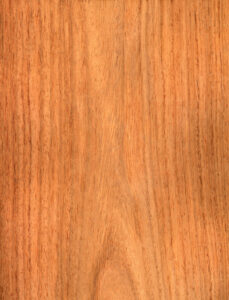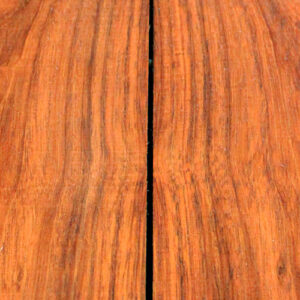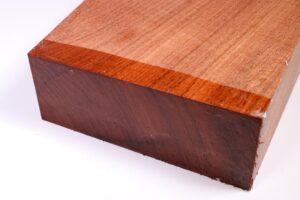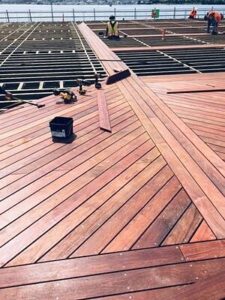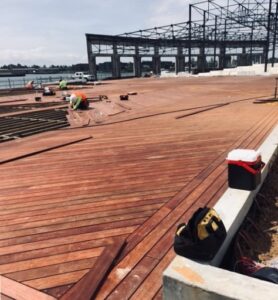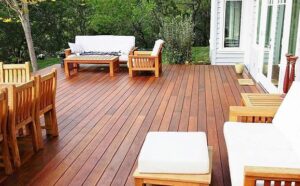Manchiche
Black Cabbagebark / Lonchocarpus castilloi
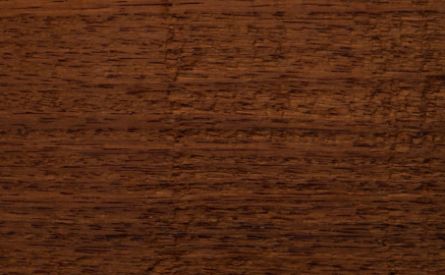
Local Names
Distribution & Tree
Wood Appearance
Processing Properties
Strength & Durability
Wood Uses
Ecological & Social Importance
A natural insecticide called rotenone can be produced from its bark. Unselective in action and quickly biodegrading, rotenone has been shown to kill potato beetles, cucumber beetles, flea beetles, cabbage worms, raspberry beetles, and asparagus beetles, and many other arthropods. It can treat scabies and head lice on humans. It’s speculated that the ancient Maya may have used components of the tree to produce an intoxicating beverage.
| Reference Species | ||||
| Technical Characteristics | Manchiche | Ipe | Hickory (Shagbark) | |
| Density | kg/m3 | 897 | 945 | 800 |
| Janka Hardness | kgf | 1,272 | 1,515 | 853 |
| Bending Stiffness (Modulus of Elasticity) | GPa | 18.9 | 22.1 | 14.9 |
| Bending Strength (Modulus of Rupture) | MPa | 173.8 | 177.0 | 139.3 |
| Crushing Strength | MPa | 86.2 | 93.8 | 63.5 |
| Shrinkage, Radial | % | 3.9% | 5.9% | 7.0% |
| Shrinkage, Tangential | % | 8.2% | 7.2% | 10.5% |
| Shrinkage, Volumetric | % | 13.0% | 12.4% | 16.7% |
| T/R Ratio | 2.1 | 1.2 | 1.5 | |
| Values determined at 12% humidity | ||||
|---|---|---|---|---|
DENSITY
JANKA HARDNESS
BENDING STIFFNESS
BENDING STRENGTH
CRUSHING STRENGTH
SHRINKAGE
Values are for reference only and cannot be guaranteed. Wood is a natural material and physical and mechanical properties may vary depending on age, genetics, and other factors. We encourage customers to consult the references provided in the bibliography. For further explanations of wood’s key technical characteristics, an excellent resource is the Wood Database with articles on Density (average dried weight); Janka hardness; Elastic Modulus; Rupture Modulus; Crushing Strength; Radial, Tangential and Volumetric Shrinkage.


